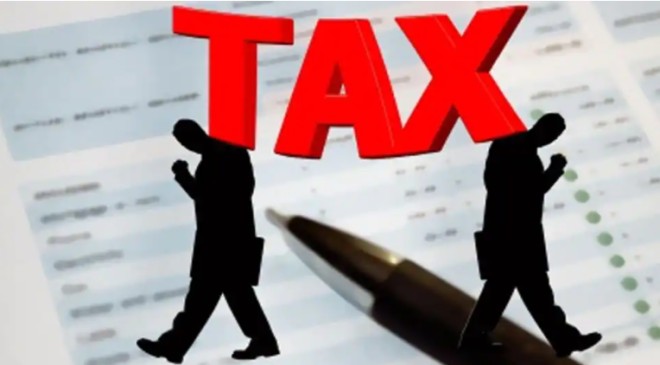Taxpayers had challenged these notices, arguing they should fall under the new reassessment regime that took effect on 1 April 2021, during the covid pandemic.
In a setback to taxpayers, the Supreme Court on Thursday upheld around 90,000 tax reassessment notices issued by the revenue department between 1 April and 30 June 2021, for assessment years 2013-14 to 2017-18.
Read More:- GST Collections Rise 6.5% YoY To Rs 1.73 Lakh Crore In September 2024
Taxpayers had challenged these notices, arguing they should fall under the new reassessment regime that took effect on 1 April 2021, during the covid pandemic.
But a three-judge bench led by Chief Justice DY Chandrachud reiterated the apex court’s ruling in the Ashish Agarwal case, which allowed these tax notices to be issued under the old regime for the disputed period.
Thursday’s ruling also set aside various high court orders that prevented the revenue department from issuing tax notices under the old system.
The ruling stems from disputes that arose during the pandemic years when the government extended the old regime on how far back the income tax (I-T) department could go in reopening previous tax returns on the suspicion that some earnings had escaped taxation. This created an unprecedented situation in which both the old and new laws on reassessment were interpreted as being operational simultaneously for a few months.
This overlap triggered countless notices and led to over 10,000 writ petitions, many of which were counter-challenged by the tax authorities through special leave petitions before the Supreme Court. The apex court’s decision effectively provides clarity on the tax laws applicable during this transitional period.
Read More: New TDS rates from today: These transactions will be impacted
Old vs new law
The new reassessment law, which came into effect on 1 April 2021, allows the tax department to review cases going back 11 years (10 years from the end of the assessment year when a notice is received) if tax evasion exceeds ₹50 lakh. For cases involving sums under ₹50 lakh, the review period is four years.
Before this, the tax department could only investigate cases going back six years at most if the undisclosed income was more than ₹1 lakh and the taxpayer was found to be involved in concealing information.
However, due to disruptions caused by the pandemic, the old law’s provisions were extended, creating an overlap with the new law for a few months after 1 April 2021.
Taxpayers challenged the notices issued under the old law in various high courts, arguing that the statute of limitations had expired and the department could no longer issue reopening notices under the previous framework after 1 April 2021. They highlighted that the old law’s extension was implemented through a circular, while the new law was enacted through the passage of the Finance Bill, which they contended had more legal weight.
The new law also requires the department to send a preliminary notice, allowing taxpayers to respond before issuing a final reassessment notice. Taxpayers asserted that the disputed notices issued under the old law did not comply with this procedural requirement, constituting a violation by the Income tax department.
Read More:-Income Tax Due Dates In October 2024: Check Complete List Here
In a crucial ruling on 4 May 2022, the Supreme Court used its extraordinary powers under Article 142 of the Constitution to uphold all reassessment notices issued after 31 March 2021. However, the court also left the door open for further judicial proceedings, with the cases in question relating to assessment years 2013-14 to 2017-18.





































